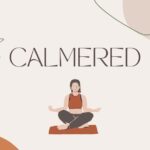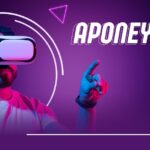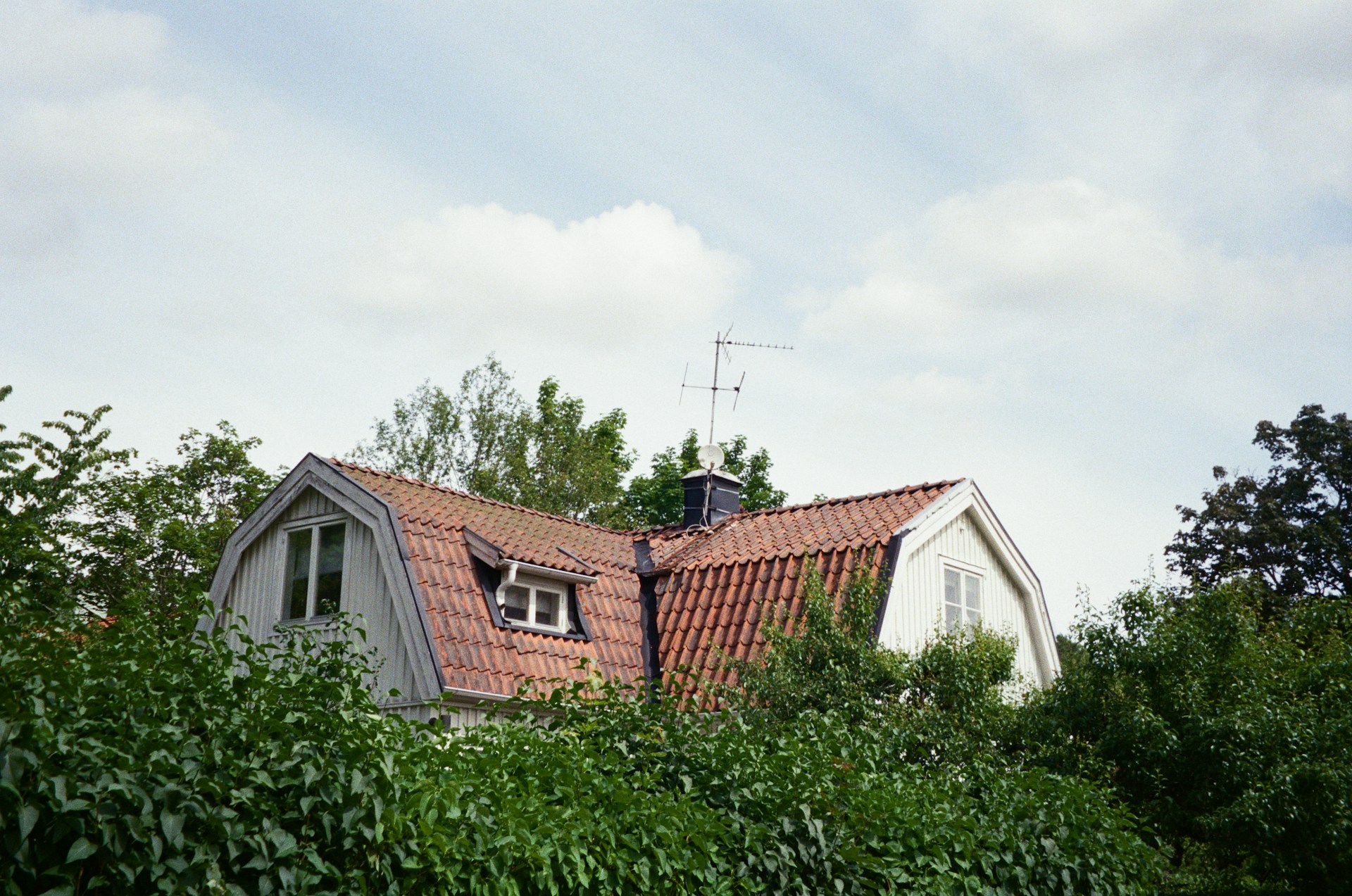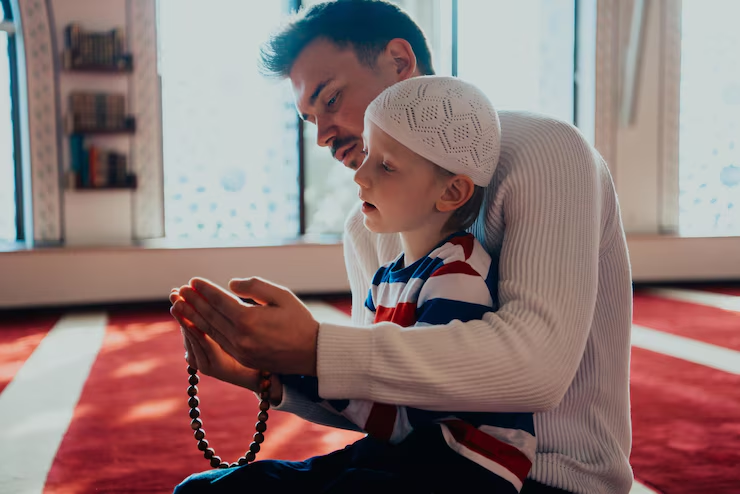You were there on that shocking night. I saw you. With a few of your friends nearby, you sat on a plastic chair or a couch or on the floor talking loudly and laughing at jokes while eating pizza or cookies or drinking an alcoholic beverage. You might have even gone ahead and opened a bottle of champaign before things even got started. That’s how good you felt. We had it in the bag.
It’s true that a few among the party were a little nervous from the start, but not you. It was a pleasant Los Angeles night just as it so often is. You kept up with the news. You saw the projections. The percentages. The various routes to victory.
He took a few states we weren’t expecting, but you weren’t alarmed by the loss of a few pawns. One of your friends started pacing and refused to sit down. The room quieted. The jokes stopped. You still weren’t really worried, but the friend said he was feeling sick and went home. With the exit of one friend, a few more left. The guy on CNN with the fancy interactive maps was focusing way too much on Detroit. Even the map man wasn’t immune. It was as if in concentrating as hard as he could on appearing not to panic or appear biased, he simply had no brain capacity left for motor functions, and, by default, his finger cursor was quite simply stuck on the city of Detroit. He maintained such an efficient choreography of bops and swipes earlier, displayed such an understated pride in his touch screen, showed off to the audience its many bells and whistles. Now? A shell of his former self, asleep at the wheel and lost in a small corner of Michigan. That’s when I saw you standing too close to the big screen TV. Alone with the blue glow. Most of your friends already gone. And maybe you remember, the ones who were still there, the way they started to panic together as a group. Do you remember the host who said that she and her wife would no longer be able to stay married now? I saw your face, like, “can he really do that? Force divorce spouses?”
Step 1
Get to know you neighbors.
What was I doing the next morning? Out in the courtyard of my apartment building in the crisp morning air? Why was I up so early? I must have been reading something. Definitely not the news. Poetry probably. Somehow I’m having a hard time lately finding any other form of information that feels true. I only know that I was reading and drinking coffee alone, much earlier than usual, after a weird night’s sleep, trying to adjust to the fact of Donald. The Fact of Donald. The Fucking Fact.
It was then that a neighbor happened by whom Maja and I had never met. A woman roughly our own ages, making slow movements from her apartment to an unknown destination, as if she too was suspicious of this imitation world. There was some immediate and unsaid mutual recognition–two strangers aware of the trick that was played with the punch of nighttime pause button–and in that moment she began to cry. I didn’t know what to do. I asked her if she’d like to join me and she did. Her name? Monte Carlo. I shit you not. Without having to guess at the other’s state of mind, we began our mutual lamentation of the Fact. She was immediately interesting to me.
Step 2
In times of confusion, find your oracle.
A ten-foot-tall man who has been stripped of his clothes hangs from his feet while someone who looks like a prison guard knees him in the face and beats him with a baton. From where I stand, the suspended man’s genitals are at about eye-level. Other things in the picture are at eye level: A guard’s shoulder strap. The other guard’s belt. His clenched fist.
This is one Leon Golub painting among six currently on view at The Broad Museum in Los Angeles as part of the exhibition “Creature.” The entire exhibition is certainly worthwhile, but it’s the Golub room that slays. On the day following the election, after we meet Monte Carlo at our outdoor table, I decide today is the day I need to see the Golubs. I need a consultant. I need an oracle.
Three unarmed men on all fours appear to have been captured or arrested by another man who holds a gun to the head of the middle one. The man with the gun looks directly at us, the viewers, smiles and waves. His waving hand looks strange as if it does not belong to the waver. There doesn’t appear to be bones in the fingers. They don’t seem to contain weight. The hand contrasts heavily with his captives’ clenched fists, which seem to weigh a million pounds. The smile of the captor appears like the hand, as if he were artificially positioned this way. As if he too were a prisoner, but to someone or something bigger than he was designed to comprehend.
Two men, who look like hired mercenaries, sit across from each other at a distance on a crate and a small stool. One drinks a beer while the other smokes a cigarette and holds the fore-end of his rifle with its butt grounded. They appear to be gossiping. They did something awful to a woman or an academic and are proud of it.
There is no background or interior setting. There is just the garishness of one flat red expanse. It’s the same sort of red used in the backgrounds of 80’s street food photos. The kind of red that, given the choices of background colors, is is the most eye-catching, but the least appetizing. The kind of red used to maximize catchiness at the expense of taste. A useful color to send the message that what is being sold, though not wholesome, comes cheap and plentiful. I
imagine this to be a moment, like last night, when the “Strangers” press the pause button on life, the frozen moment in which our environments and memories are switched around, “tuned” without our knowing. In science fiction the background at such a moment would be black or white, the colorlessness of class, but here, in the developing world of the 1980’s, it’s red, like the advertisements of cheap things. In this world, red is the default color of emptiness. The individuals who live within this “Dark City” receive their programming instructions, their always-predictable loop within which their thoughts and actions are confined.
As I look at these, a certain feeling makes itself present in my chest and throat in a similar way—and I still don’t think I can reliably understand or express this—to a Rothko painting. For what I think is only the third time in my life, and the second this year, I become leaky in the face while looking at art. And it’s not because the figures in the paintings seem cruel.
I’ve seen enough editorial photographs of loudmouthed rednecks and victimized war refugees in 2016 alone for cruelty to become expected. Such photographs carry a time-sensitive repulsiveness different from the timelessness of violence rendered invisible by the specificity of space and time in a photograph. A Golub painting doesn’t so much depict violence topically. Doing so would imply an explanation of violence as something solely social or political in nature. What I think I’m getting from these stiff and barely pliable bodies is a signal toward some kind of feverish rigor mortis present within the body long before any measurable act has taken place. I sense a form of involuntary violence ubiquitously present in the bodies of Golub’s figures, perpetrator and victim alike, and merely acted out with greater perfection by those with closer proximity to power. Their dynamics within some invisible current of power is what determines to a large extent who acts and who receives.
Step 3
Learn from your artist friends.
I thought, together, we might have reached enlightenment.
Well, I guess I thought maybe Rebecca Farr did, and that if I stuck near enough to her and her work, it might rub off. In her talk at Klowden Mann Gallery, perhaps a week or so before the election, she discussed her work and its connection to her father who not long ago passed away. Her exhibition of paintings and sculptures, which will have just ended by the time you read this, is called “Out of Nothing.”
In full disclosure, I’m breaking one of my self-imposed rules by writing about her work at all. Rebecca is a good friend of mine, as well as a former (and future) collaborator. I’m not supposed to write about the work of my friends. I’m breaking my rule this one time because her work and the talk continue to be a part of the story of how I’m attempting to create meaning and gain footing in regard to the Fact of Trump through interfacing with art. If I was looking for an excuse to break my rule, I could make the argument that one way someone might more fully give a shit about art is to see it through the eyes of those friends who make it. Perhaps it’s worth making it a point this once.
Rebecca Farr and Deborah Klowden Mann sat together near Rebecca’s sculptures and across from us, the audience of perhaps fifty, in our plastic folding chairs. From the start, Deb made it no secret how much love she has for Rebecca personally, and over the course of the talk, the audience echoed the sentiment.
Rebecca explained how the paintings began as a response to Goya and the American Civil War, but as her father’s illness progressed, she was drawn into a different frame of mind, and had no other choice than to abandon or paint over the progress she had so far made. There was hinting at both a deep love for her father and of differences between them. Friend and fellow artist Molly Segal quipped that probably all paintings about family should have war pictures hidden beneath them.
For Rebecca, there is a direct connection from meditation to the arrival of form as it takes shape in her imagination. There is a sense that as one looks at the work, the artist has made space in the mind to be presented with what isn’t consciously overwrought. Though pain might be a part of grieving, so is acceptance and awe.
If I remember right, I think artist (not musician) Nick Cave said in a video that he wants to make work from a place of awe despite the revolt or critique that might be implicit in how his sound suits came to be.
Reflecting on that, and on Rebecca’s talk about her work, I wonder if this is harder to do now. Or does the change in one’s environment call for a change in attitude? Is it more important than ever to keep that sense of awe, or does there come a time when anger and confusion are valid catalysts for work as well? What did Leon Golub feel when he made the paintings hanging at The Broad? I wonder how Rebecca’s work might change now, if at all. And, of course, day after day, in my own studio, I look at my work and wonder, “what now?”
As I write this, and think of Rebecca, I also think of her wife Lisa. I see Rebecca in her election-night pantsuit, the host of the party, after the results and before she forces extra pizzas on her downtrodden guests, eyes wide like I haven’t yet seen from her, just shaking her head.
“We’re not going to be able to stay married. I don’t know…I don’t know…”
And me, as confidently as I said Trump could never be president, saying, “I don’t think he can do something like that retroactively.”
Words like that now feel like curses. The new logic dictates that one ought to imagine what he can’t do, and know that this is exactly what he’ll try.
So what now?
Step 4
Watch a video of the museum artist working in the studio.
I watch a documentary from the 80’s about Golub’s work. At one point, a few people visiting his museum show are asked what they think of the work. One man is a little annoyed because he thinks Golub is being unfair to America. Golub makes no secret of his political views in terms U.S. foreign policy tending to outsource military action in other countries, in this case, Central America. Other museum-goers simply don’t want to see something so ugly. A mother and her adult daughter argue on that point. The daughter tells her mother, this is how the world is today; you can’t just ignore it. And others, you get the sense, want to appear a certain way to the interviewer and show sadness or outrage not toward the art but toward the violence alive in the world.
Looking over my photos of the exhibition, I can’t see much worth sticking around for in these paintings if I think they merely call me to be righteously appalled. When I see the man with the gun smiling and waving at me, I am looking into a mirror. In another life, if my orientation with power were different, I could have easily become my inner fascist as Donald Trump grew up to become his. I think it’s this recognition of fascism in myself that potentially orients me with these paintings. But in that recognition is the feeling of something which is larger than I could ever be, eliciting some kind of fear—vague, and very old—that is profoundly connected to my capacity to feel anything at all.
To watch Golub work in his studio is to watch someone who, on the surface, appeared to be very cheerful. This is someone who loved what he did. He worked with two assistants who helped to mask and scrape. I see in him a an embodied paradox, pleased and pained, at ease and constrained, moral and sinister.
Golub once said, “Monsters exist because we create them, through war and violence, distortion, and the way we handle people…”
Who created Donald Trump is a very very good question, and one that comes with answers, I suspect, to be deeply uncomfortable and inconvenient for everyone in every part of the political spectrum.
Leon Golub came out of a time of figuration which was interested in what he called an “atavistic sense of self.”
“Underneath the conscious capacity by which we organize ourselves in the world,” said Golub, “there are these forces moving through us, and they represent a kind of extreme version of survival.”
Step 5
Come together.
“Can’t build wall! Hands too small!”
“Ctrl Z”
“Pussy Grabs Back”
“We Shall Overcomb.”
A couple weeks following Rebecca’s talk and perhaps a week following the election, she organized a gathering again at Klowden Mann, this time of artists, historians, writers, scientists and others. The gathering wasn’t so much intended to create an immediate bullet-pointed game plan of what we the people of the art gallery plan to personally do about Donald Trump, so much as to express our thoughts and address our community. Many of those gathered were my friends, acquaintances, and familiar looking people I’ve seen out and about.
Some of us commiserate about the protest and I mention the “We Shall Overcomb” sign, to which one woman present exclaims, “That was mine!”
At the protest, the world feels momentarily authentic again. For a moment, we are not what was happened to. We are what happens when. I like to think it’s our right, as imaginative people, appalled though we may be, to relish in the opportunity to make something that matters, that a more frightening world gives to the work that we do. Perhaps it is in this frame of mind that it is possible to create both from a sense of rage and of awe. We have at least four years to learn.











